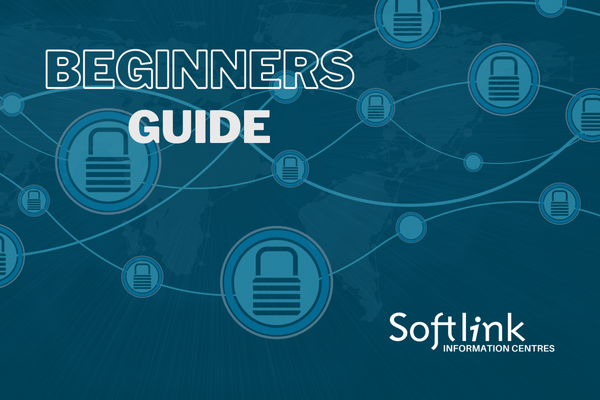Softlink IC Blog
Subscribe to our regular updates
Ensure Security and Privacy in Your Library System
A Beginner’s Guide

In today’s digital age, security and privacy in library systems are paramount. This guide gives an overview of key security practices in libraries and information centers and how they can safeguard their data and resources.
Understanding the Importance of Library System Security
An integrated library system (ILS) is more than just a tool for cataloging and lending. It also can be a repository which includes sensitive data, including user information and intellectual property. Ensuring the security of this data is crucial. Here are four actionable steps your library can take to keep its data secure:
Important Ways to Secure Your ILS
- Leverage Cloud Hosting: With hosting services you’ll benefit from continuous software updates, automatic backups, and disaster recovery solutions. Enhanced security features should include redundant power, internet backups, and compliance with international standards. Cloud hosting also ensures that the latest security updates are applied quickly, protecting your system from emerging threats in real-time.
- Implement Single Sign-On (SSO): Implementing Single Sign-On (SSO) is one of the best ways to boost security while simplifying the user experience. With SSO, users only need to remember one set of credentials, which means fewer weak or repeated passwords across multiple platforms. By centralizing authentication, you gain more control over security policies, including enforcing multi-factor authentication (MFA) across all systems.
- Access Management for Electronic Documents: Storing confidential material can be a delicate task, requiring careful attention to security and access controls to ensure sensitive information remains protected. That’s why being able to set permissions at a granular level is essential. Using our access management tools administrators can fine-tune document security to control access. They can set permissions and restrictions to control who can view, edit or download sensitive documents.
- Role Based Access: Define your user roles and privileges to control access to features. Use features built into our ILS, Liberty, like Security Groups and File Access Controls to manage and control content visibility at the user, group or department level. This allows for the assignment of specific permissions and privileges according to the responsibilities and requirements of each role, ensuring that users only have access to the resources they need to perform their job.
Why Strong Security Measures Matter
Security in library systems is essential, not optional. By adopting strong security measures, libraries safeguard their data and instill confidence in their users. From controlling access to critical resources to keeping up with evolving security standards, every action contributes to creating a secure library environment.
Need More Information?
If you’re looking to enhance the security of your library system or have questions about how to implement best practices, our team is here to help. Don’t hesitate to get in touch for expert advice and guidance tailored to your needs.
CATEGORIES
Solutions
Recent Blog Articles
Popular Articles
More
© 2024 Softlink. All Rights Reserved | Data Protection and Privacy Policy |Data Processing Agreement | Modern Slavery Statement | Careers | Cookie Policy


0 Comments